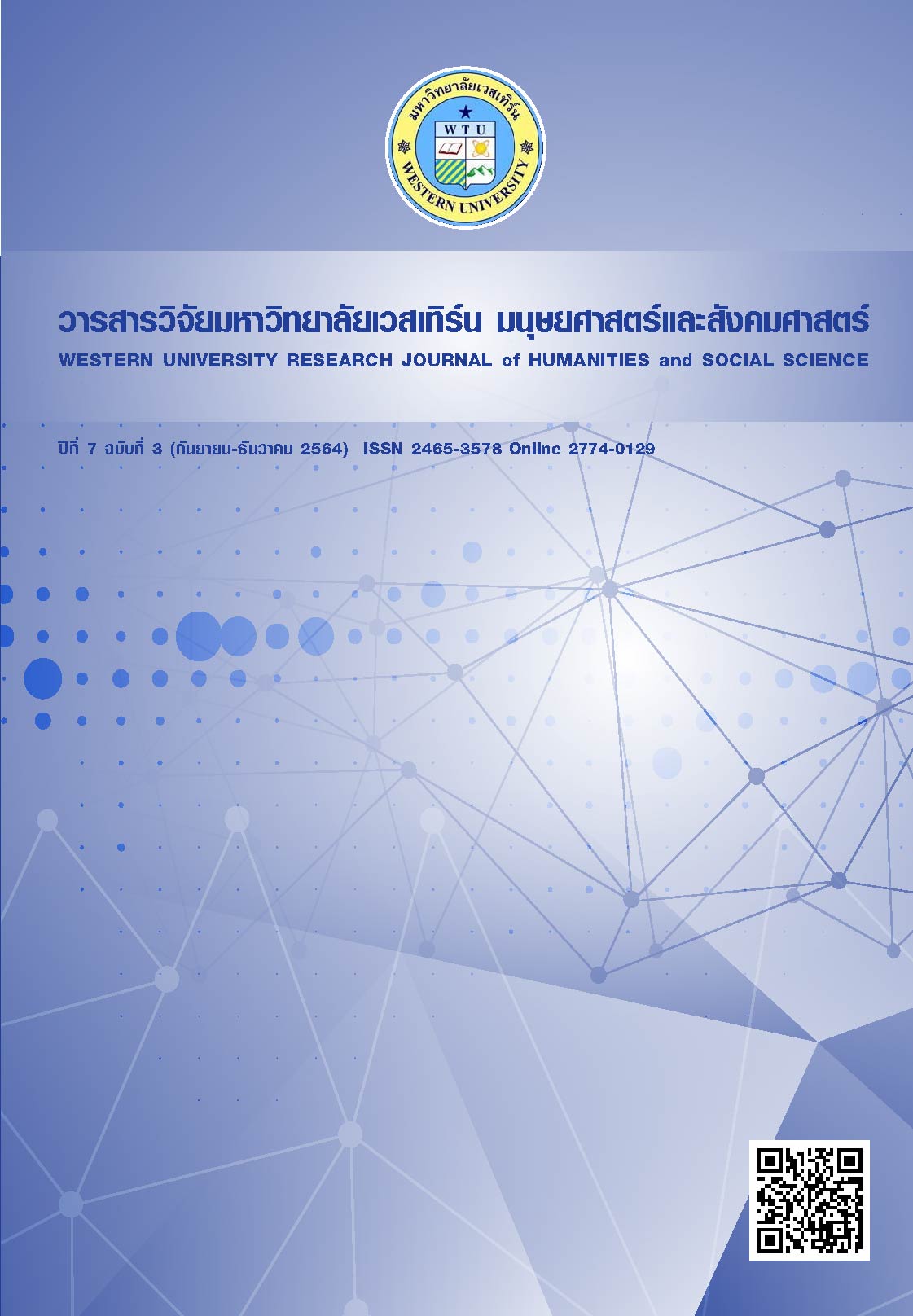Building Corporate Social Networks Favorable to M&A - A Perspective of Structural Holes
Main Article Content
บทคัดย่อ
This article is based on the theory of structural holes, based on the company network formed by the company's senior management team chained, and empirically studied the impact of the structural hole characteristics of Chinese listed companies' corporate networks on corporate mergers and acquisitions. The study found that because the company has more structural holes in the company network, the listed company’s social capital and market information continue to accumulate, resulting in a competitive advantage in “control” and “information”, which helps the company to obtain information and Control the advantages and obtain more opportunities for mergers and acquisitions. The richness of the structural holes owned by the company has a significant positive correlation with the willingness to merge and acquire, which has a positive effect on M&A. Starting from the structural hole theory and the conclusions of this paper, we can obtain the principle of building a social network that is conducive to company mergers and acquisitions: the company executives should increase the richness of the company's structural holes in serving in other companies. A very direct and very effective way to build a social network that is conducive to company mergers and acquisitions is that company executives should join the boards of companies with rich structural holes as much as possible, so as to directly obtain more structural holes.
Article Details
เอกสารอ้างอิง
Burt, R. S. (2002). The social capital of structural holes. The New Economic Sociology: Developments in an Emerging Field, 148, 90.
Burt, R. S. (2004). Structural holes and good ideas. American Journal of Sociology, 110 (2), 349–399.
Cai, Y., & Sevilir, M. (2012). Board connections and M&A transactions. Journal of Financial Economics, 103(2), 327–349.
Chen, Y. (2015). Social network and enterprise efficiency: Evidence based on the location of structural holes. Accounting Research, 1, 50-57+99.
Haunschild, P. R. (1994). How much is that company worth?: Interorganizational relationships, uncertainty, and acquisition premiums. Administrative Science Quarterly, 39(3), 391–411.
networkx.algorithms.structuralholes.constraint—NetworkX 2.4 documentation. (n.d.). Retrieved June 26, 2020, from https://networkx.github.io/documentation/stable/reference/algorithms/generated/networkx.algorithms.structuralholes.constraint.html#id2
Shipilov, A. V., & Li, S. X. (2008). Can you have your Cake and Eat it too? Structural Holes’ Influence on Status Accumulation and Market Performance in Collaborative Networks: Administrative Science Quarterly, 53(1), 73–108.
Uzzi, B. (1997). Social Structure and Competition in Interfirm Networks: The Paradox of Embeddedness. Administrative Science Quarterly, 42(1), 35–67.
Wan, L., & Zheng, X. (2014). Structural hole characteristics of director networks and corporate mergers and acquisitions. Accounting Research, 5, 67–72.


